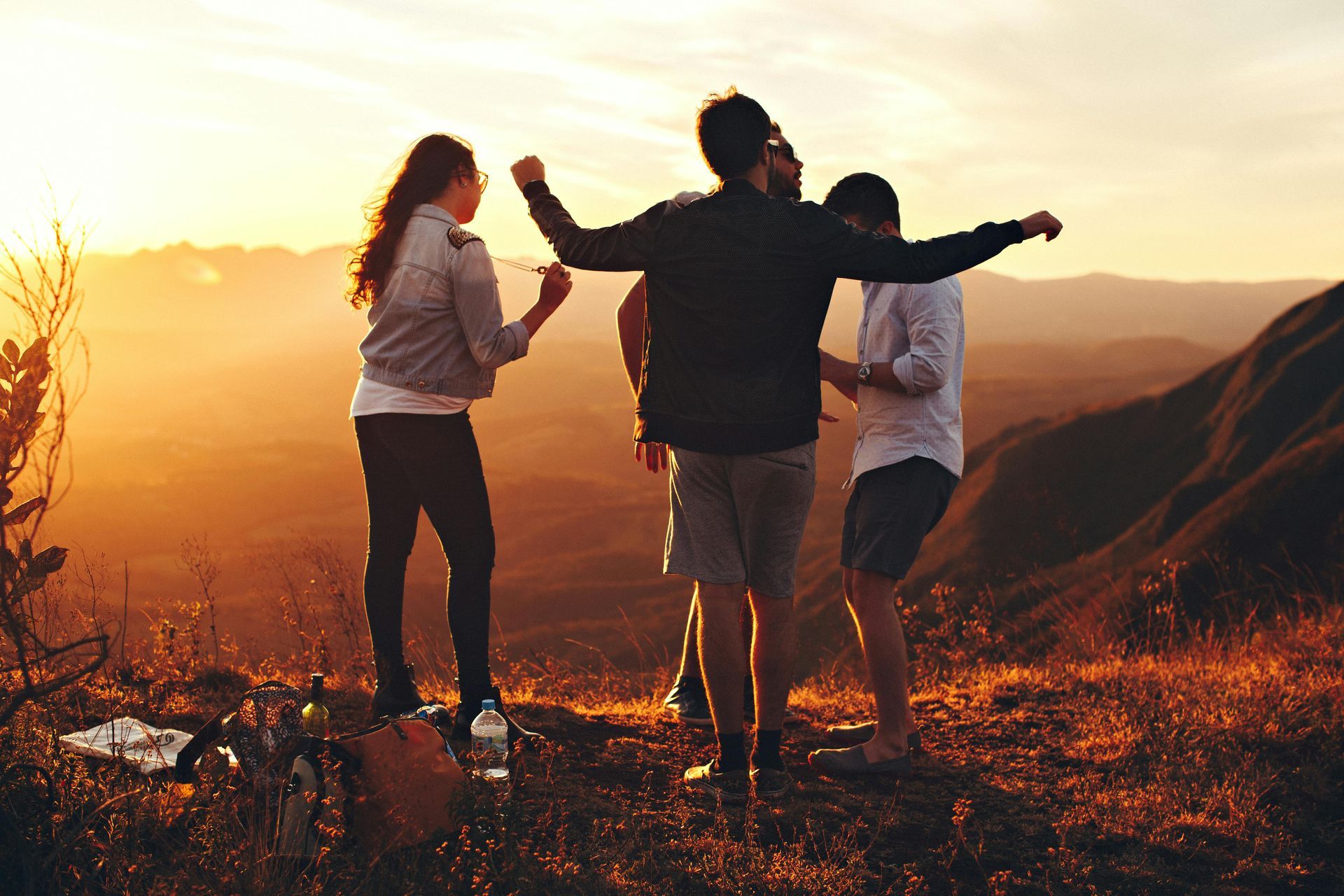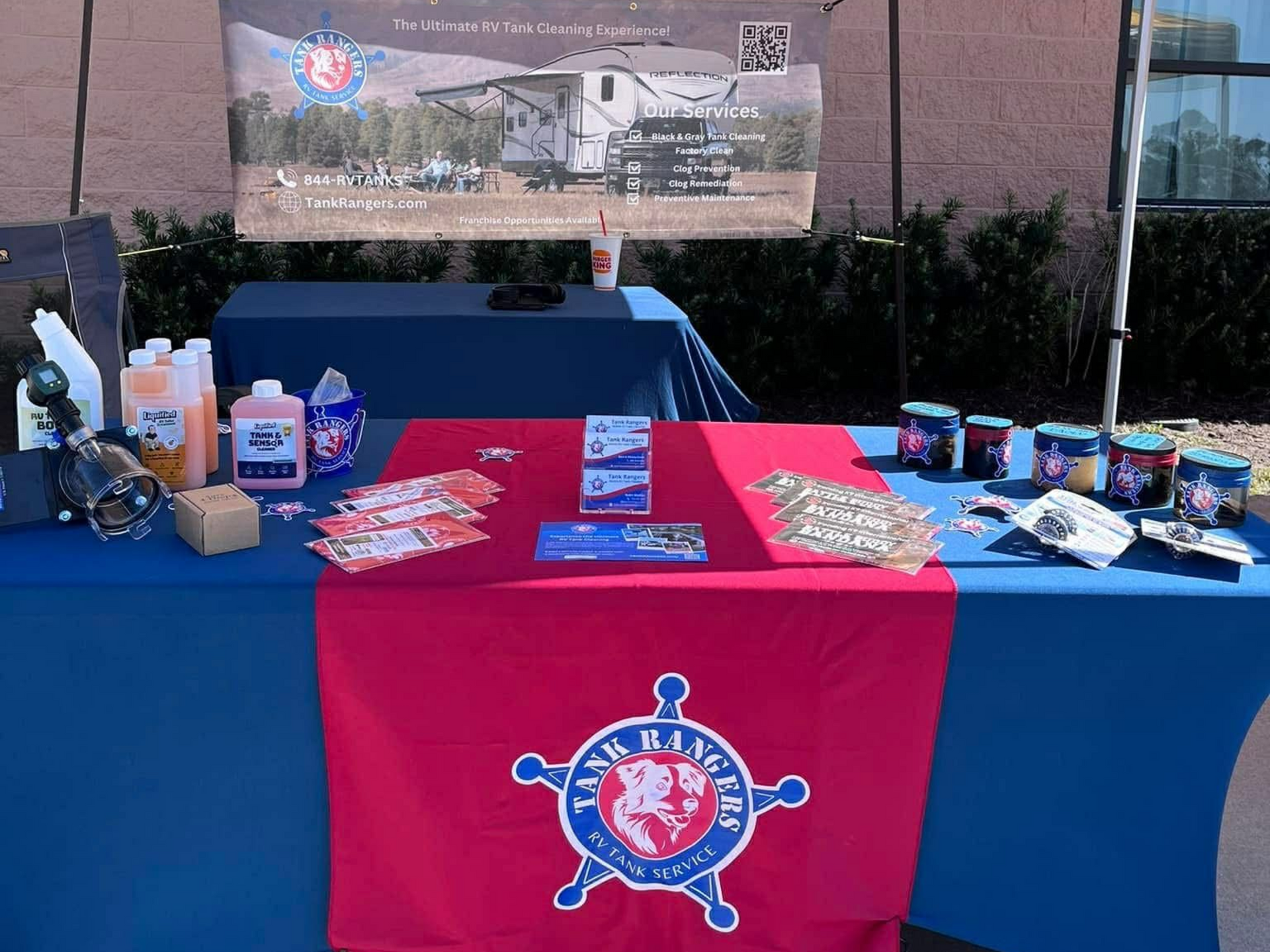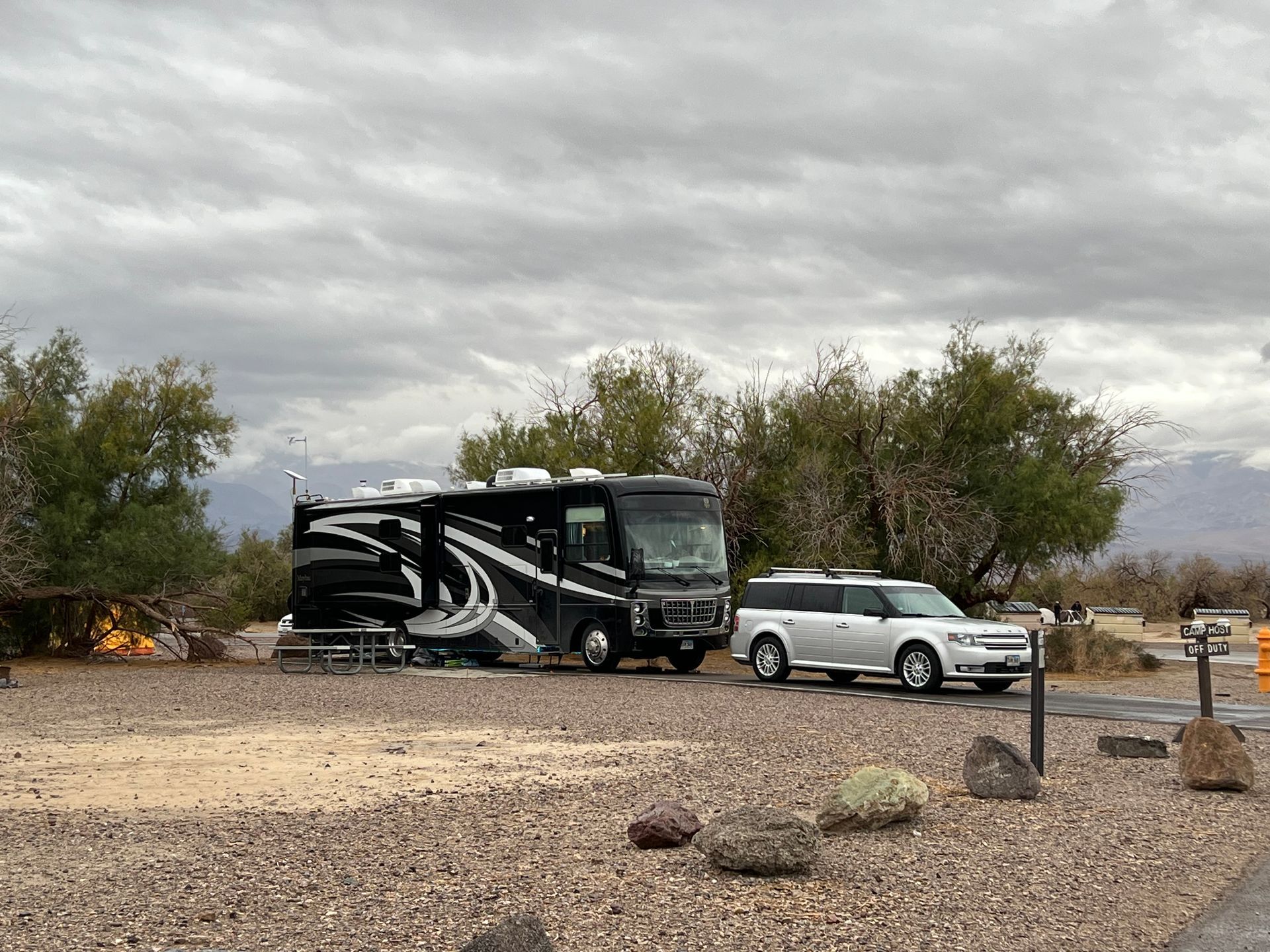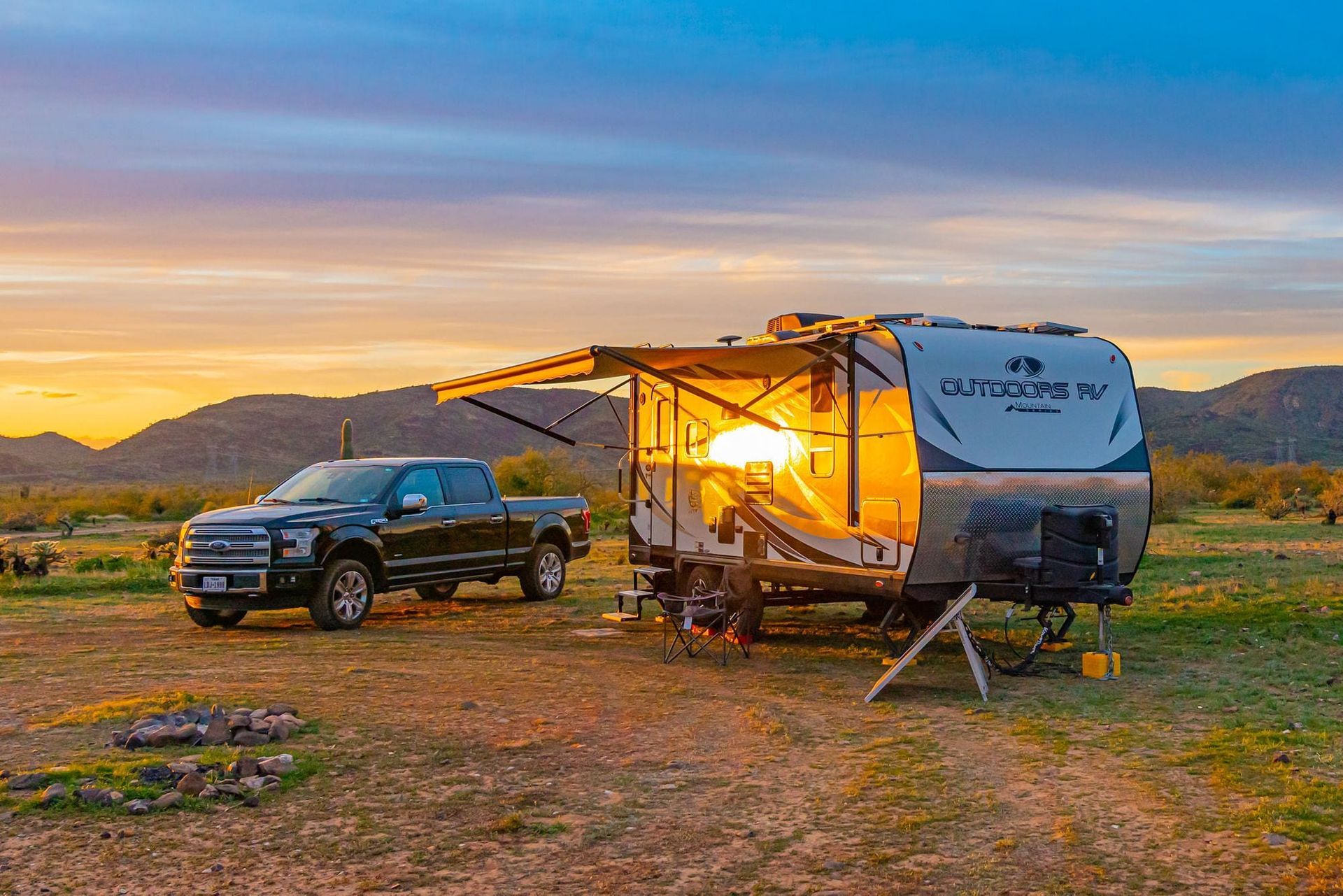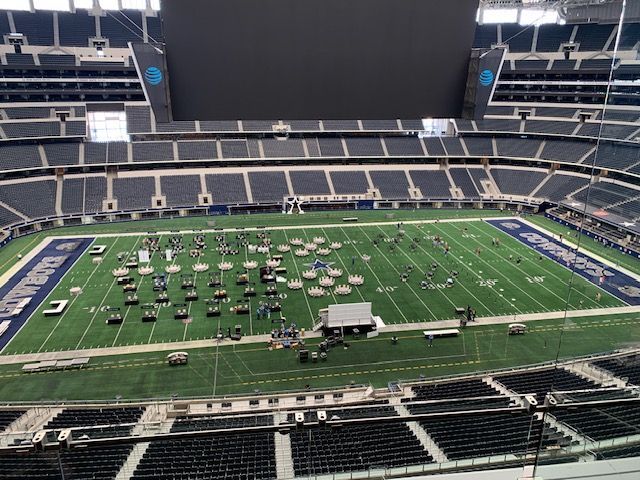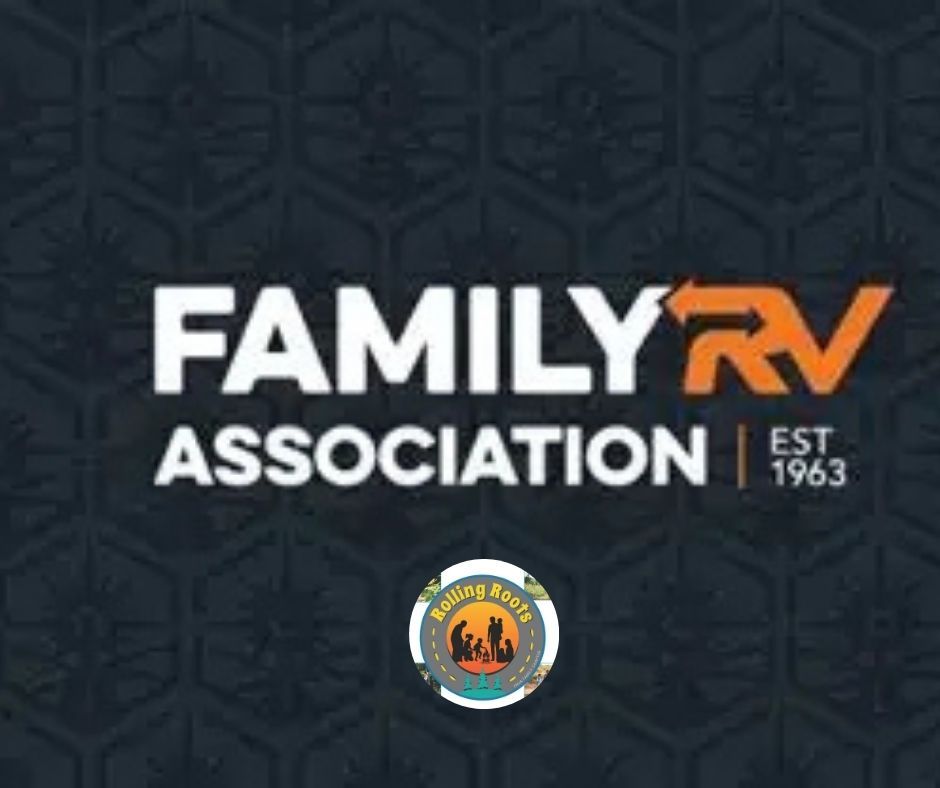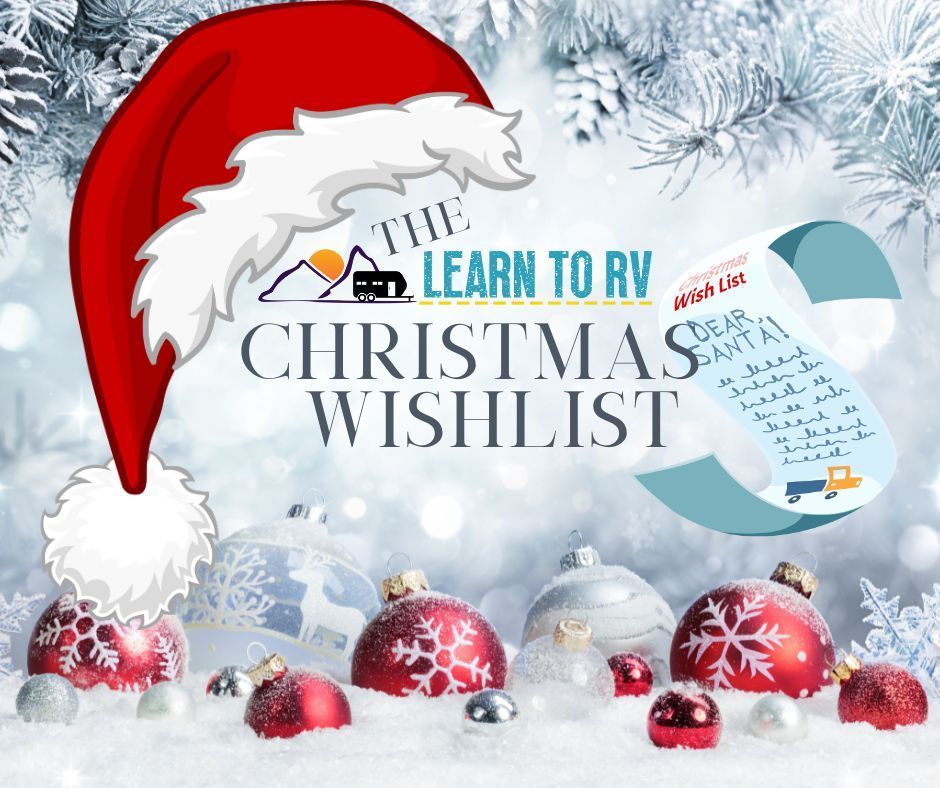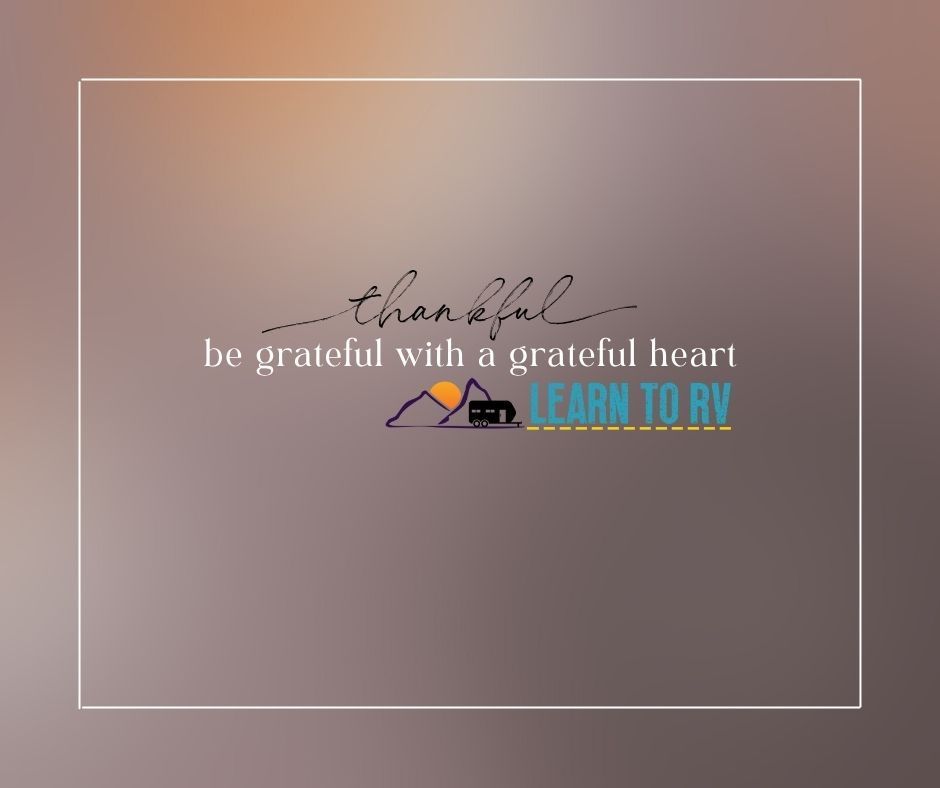Open Enrollment 2026: What Full-Time RVers Need to Know About Health Insurance on the Road
Dealora Snyder • October 22, 2025
It’s that time of year again—Open Enrollment for 2026 health coverage is right around the corner! For those of us living life full-time on the road in an RV, this isn’t just another bureaucratic season—it’s one of the most important times of the year to make sure your lifestyle is protected with the right health insurance coverage.
Whether you're chasing warm weather, working remotely from national parks, or living the digital nomad dream, being a full-time RVer adds unique challenges to choosing the right health plan. From needing nationwide provider access to ensuring coverage in multiple states, Open Enrollment is your best opportunity to lock in the protection you need for the coming year.
Here’s what every RVer needs to know to navigate Open Enrollment for 2026:

Important Open Enrollment Dates
- Open Enrollment Period: November 1, 2025 – January 15, 2026
- Coverage Starting January 1, 2026: Must enroll and pay first month’s premium by
December 15, 2025
- Coverage Starting February 1, 2026: Enroll between
December 16, 2025 – January 15, 2026
If you miss this window, you won’t be eligible for Marketplace coverage unless you experience a
Qualifying Life Event (like a move, marriage, or job loss). And for RVers, missing out could mean being
uninsured on the road for an entire year.
Why Open Enrollment Matters More for RVers
Health insurance is tricky enough when you live in one place. For RVers, things get even more complicated. Here’s why this season is so important:
- You’re constantly crossing state lines: Many plans have
local-only networks, meaning if you're outside your home state, you may be paying out-of-network prices (or worse, not covered at all).
- You need true nationwide access: Plans with
nationwide PPO networks are essential for RVers who want the freedom to access care wherever they are.
- You can’t rely on urgent care alone: Emergency-only coverage or bare-bones plans may leave you with massive bills for anything more serious than a cut or cold.
Stability in uncertain situations: Accidents and health issues can happen anywhere, and with RV living comes added unpredictability. Comprehensive, flexible coverage is key.

Choosing the Right Plan: Questions Every RVer Should Ask
Before diving into plan comparisons, take a moment to reflect on your 2025 coverage. What worked? What didn’t? What kind of care did you need, and how easy was it to access that care from the road?
Here are the top considerations when choosing a plan as a full-time traveler:
1) Does the plan offer nationwide coverage?
- Look for
PPO (Preferred Provider Organization) networks or plans specifically offering
multi-state access.
2) Can I keep seeing my current doctors?
- If you’re managing chronic conditions or prefer continuity of care, provider access matters more than ever.
3) Are my medications covered?
- Make a list of prescriptions you regularly take and make sure they’re covered affordably in the new plan.
4) What are the out-of-pocket costs?
- Premiums aren’t the only cost. Deductibles, copays, coinsurance, and out-of-pocket maximums vary widely.
5) Does it cover preventive and urgent care?
Look for plans that include preventive care at no cost and have solid coverage for urgent care visits while traveling.
Subsidies Are Still Available (But Enhanced Subsidies Are Going Away)
If you qualify based on income, the Marketplace (Healthcare.gov) still offers premium subsidies to help lower your monthly cost. However, the enhanced subsidies introduced during the COVID-19 relief packages are expiring, which means you may notice a price increase this year.
For low-income RVers—especially those who work seasonal jobs or rely on fixed retirement income—subsidies may still help you get
low-cost or even free health coverage through the Marketplace. But make sure to
apply early, verify income documentation, and watch those deadlines closely.
What About Private Plans?
Here’s some good news for the healthier, self-reliant RV crowd: Private health insurance options are still available and may be a better fit than Marketplace plans—especially if:
- You don’t qualify for subsidies
- You’re generally healthy
- You want
nationwide PPO networks
- You want the flexibility to enroll
any time of year
Private plans aren’t based on income, so your premium doesn’t change with how much you earn. And unlike Marketplace coverage, you don’t have to wait until Open Enrollment—you can sign up today with a start date that works for you.
But a word of caution: These plans may not cover pre-existing conditions, and they’re not ideal for everyone. It’s best to
consult with a licensed advisor to compare options side by side. And even if you’re leaning private, don’t delay—if you realize the Marketplace is the better route for your situation, you’ll need to act before
January 15.

Don’t Miss the Deadline — Especially with Pre-Existing Conditions
Marketplace coverage is the only place that guarantees benefits for pre-existing conditions without charging you more. If you’re in the middle of ongoing treatment—or might be in 2026—it’s critical that you’re covered through a Marketplace-compliant plan.
Missing the deadline could mean no coverage options for the entire year, leaving you exposed to massive medical bills or forced to take subpar short-term plans that don’t meet federal standards.
Need Help Navigating Your Options?
Choosing a health plan while juggling life on the road is no small task. And every year, RVers face confusion over coverage options, state laws, and provider networks. If you're unsure where to begin, now is the time to get guidance.
Whether you're looking for:
- A
nationwide PPO plan that fits your nomadic lifestyle
- Help understanding if you qualify for subsidies
- Side-by-side comparisons of Marketplace vs. private coverage
- A plan that covers you
in every state you visit
...you don’t have to figure it all out on your own.
Let’s get you on the calendar now—Open Enrollment is the busiest time of the year, and my schedule is already filling up fast.
Key Takeaways for RVers
- Open Enrollment: November 1, 2025 – January 15, 2026
- Marketplace deadline for January 1 start: December 15, 2025
- Private plans are available year-round, often with nationwide networks
- Subsidies are still available, but enhanced COVID-era subsidies are expiring
- Don’t wait until the last minute—especially if you have a pre-existing condition
Health insurance isn’t a one-size-fits-all solution—especially not when your home has wheels. Make sure you’re covered wherever the road takes you in 2026.
Want to hear more about Health Insurance Options?
Check out our Podcast where we discuss this topic!
Health on the Highway: Coverage, Choices & Conversations
This episode is currently available on Patreon.
This episode will be released publicly,
anywhere you listen to Podcasts, on Monday October 27th.
Other blogs you might like...
